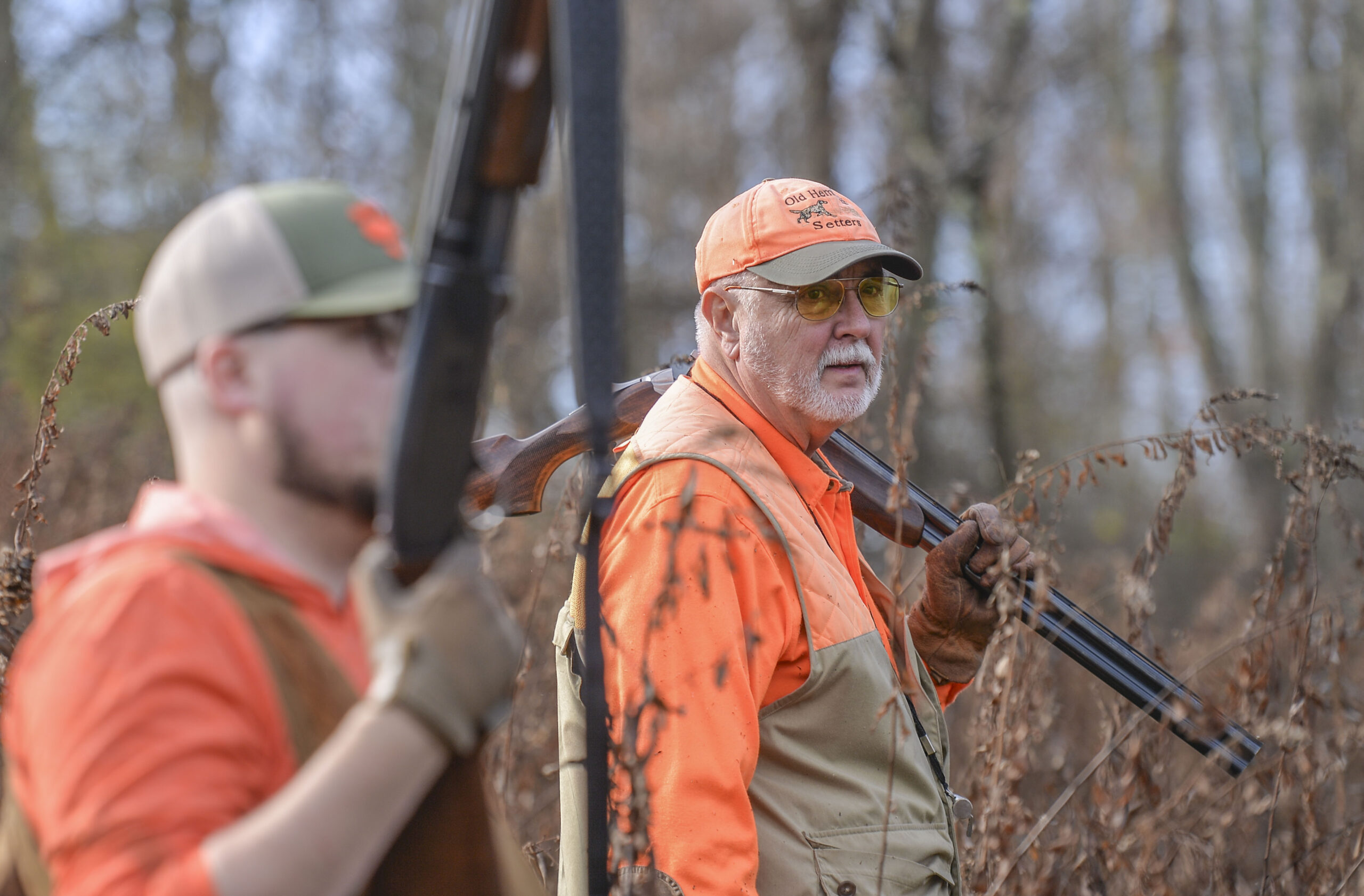BRUCETON MILLS, W.Va. – It almost felt like a pilgrimage as I drove up the dirt road toward Old Hemlock, the former home of George Bird Evans and the current home of administrator LeJay Graffious, his wife and two setters, Willow and Laurel.
Willow and Laurel are both Old Hemlock setters – Willow being Laurel’s grandmother and the last remaining dame of her litter. The English setter bloodline is Evans’ own, first bred in the mid-1900s on the grounds of Old Hemlock near Bruceton Mills.
You wouldn’t guess it by looking at her beautiful, well-kept white and black coat, but Willow is 12 1/2 years old. She knew why I was there, greeting me with a vigor I haven’t seen in many dogs her age. She knew we were about to go woodcock hunting. Laurel knew, too, and was quite vocal about being upset she couldn’t tag along, but being close to giving birth, she had to wait for us to come home with the bounty.
Not long into getting to Graffious’ house, we loaded back up into our vehicles and made the three-mile drive through the hills and farms of Bruceton Mills to our designated woodcock hunting sites. The first stop was an old farm littered with deer sign. As we climbed a small embankment into a large field, Willow began making her way toward the tall cover.
“If there are birds here, she’ll find them,” Graffious said.

Graffious became the administrator of Old Hemlock once Evans passed away in 1998. He first became friends with the famous author and artist after moving next door in 1974, working as a school teacher and eventually an elementary school principal.
“I don’t miss school at all. I loved what I did but I’m glad I’m not there during these times,” Graffious said. “My dad was a disabled veteran and my whole family in Pennsylvania was coal miners, so George gave me a window into a world I would’ve never known otherwise. I’ve got to meet people from all over. It’s been a wonderful journey.”
But he’s still a teacher, even if it’s with a set of binoculars in hand or by taking folks around the historic house Evans and his wife Kay lived in from their 30s onward. In my case, though, he taught me about the history of Old Hemlock and American woodcock migrations with a shotgun in tow.
While woodcock are currently on their fall migration patterns, moving out of the colder nothern temperatures down the east coast, the birds we were afterwere likely locals, according to Graffious. Regardless, there were plenty of birds in these hills and Willow had been on them for weeks which was reassuring heading into my first woodcock hunt hoping I would make both Graffious and Willow proud with a solid harvest.
Within the first 20 minutes of romping through the tall vegetation, Willow picked up on a bird. There was sign in the area, and the veteran bird dog had a point. As I walked in front of her, shotgun at the ready, the bird flushed in a way that wasn’t conducive for a good shot. I watched it land and began moving on it again, but the second time it flushed it was too far away for a clean shot. I let it go, in awe of how it worked.
“Let’s make our way to this corner of the property,” Graffious said, pointing to a spot behind an old farmhouse.
As he called Willow to move, we worked our way around the house, up a small hill and down into an old field. Willow sniffed her way into another patch of vegetation and we heard her bell stop, a sign she was on point. As I moved in front of her once more, I knew this was likely my last chance to get a bird for her.
One step. Two steps. Three. Four.
As my foot landed for my fifth step, the whistle of a bird and the eruption of wings came from directly in front of me. I shouldered my shotgun and took the shot. A hit.
As Willow located the downed bird, we walked up on it and dispatched it humanely. All of us were elated.

While my emotions were high, it still took a few minutes to really click that my first woodcock harvest was over an Old Hemlock, West Virginia’s own native setter breed. To be a native and hunt over another native was cathartic.
But this is the legacy of Evans – a mission that has lived long past his death and is likely to live generations more.
“His goal was to be retired by 40 and have a farm in the Appalachians,” Graffious said. “The war [World War 2] stopped that, but he came close.”
To understand the dogs, one has to understand the man behind them. Evans was a trained artist, attending multiple colleges in Chicago and Pittsburgh before moving to New York. Back then the premier place to work for an artist was Cosmopolitan Magazine – much different than today’s publication – and in 1938, Evans became one of the magazine’s illustrators. Banking around $12,000 a year, Evans began looking for a place to settle down. After searching for a farm around Ohiopyle in Pennsylvania, he eventually found his way to Preston County. Following a camping trip in Hazleton, some folks showed him the farm in Bruceton Mills with a dilapidated house that was about to go up as a Sheriff’s Sale, but thanks to Myron Speelman – no relation to me, unfortunately – Evans purchased the farm along the Brandonville Pike in 1939.
A native of Uniontown, Pa., Evans was familiar with bird hunting and bird dogs, specifically English Setters. So, following World War 2 and in between writing his many books and upland hunting forays, Evans set his artistic mind to creating the perfect ruffed grouse dog. He first came to own Blue, a blue belton setter with a white coat and bluish, black ticking, during his service to the U.S. Navy during the Second World War, and later found a mate for the sire, an orange belton setter named Dawn who had a white coat with orange ticking. From Blue and Dawn came the first litter of Old Hemlock setters, and dogs nowadays are more so orange beltons with brown and white ticking. Some are tri-colored, too, according to Graffious.
“George being a designer, he had an image of what the perfect grouse dog would be,” Graffious said. “He found it close in a Ryman Setter, but he wanted a dog that had the hunting ability of field trials, the beauty of a show dog and companionship. Most people in that era didn’t think you should live with a dog, thought that if it lived in the house you’d ruin its nose, but he believed in living with the dog. It’s a philosophy we keep to this day.”
To this day, the Old Hemlock Foundation refuses to maintain “brood bitches,” something Evans was against while he was breeding the dogs. Instead, Old Hemlocks are co-owned and bred at different times to ensure the dogs are comfortable, not over-bred and the pure bloodline is maintained. Today, the dogs are all over the country, spread out between Texas, California, Idaho, Maine and Georgia, to name a few.
When asked about how Evans would feel about the success his bloodline of setters has seen, Graffious took a pause.
“I think he’d be very pleased we’re keeping the family attitude and staying true to his vision of the setters,” he said. “There’s really nobody writing about them like he did, so we’re losing a little bit of that.”
One thing not needed to ask about Evans was about how he would feel about the current state of ruffed grouse in West Virginia. Though a loud voice amid the decline of grouse in his pocket of Appalachia, the West Virginia Department of Natural Resources never took him seriously. One year after his death, the first case of West Nile Virus was detected in the United States. Over the next 20 years, it spread across the lower-48, especially ravaging Appalachia. Only in recent years has the WVDNR been working to rehabilitate the species with some success at elevations over 2,000 feet. And for birds impacted by WNV, if they have early successional habitat, they’re more likely to survive. Habitat loss is a significant factor in the decline in other species, too, such as woodcock, bobwhite quail and a host of migratory songbirds.
His thoughts on the decline of game birds is best described on the Old Hemlock website.
“For Evans, hunting was not about the kill but about the entire experience. It was about the exuberance of the dog and the pleasure of working with a well-trained animal. It was about the solitude and beauty of nature. It was about the quest for and flushing of the quarry, the smell of gunpowder, and the thrill of a fine shot. The kill was undeniably a critical part of this grand scheme, yet, it was a part that was inherently flawed, a part made bittersweet by the remorse of destroying something cherished. This remorse grew keener for Evans as the years passed and game birds declined in number, due in his view to overhunting and seasons that were too long. (He aired his views in this regard to the West Virginia Department of Natural Resources repeatedly during the 1970s and 1980s to no avail.)”
But what does Graffious see for the future of upland birds in West Virginia?
“That’s a hard one. With the [decline] in grouse populations it’s hard to attract new hunters,” he said. “My focus is on talking about young habitat and spreading that word among [people] that call themselves conservationists but are really preservationists. They don’t understand that young forest is so much more productive than older forest. And that holds back not just grouse and woodcock populations, but there’s a whole host of migratory birds that benefit like wood thrush. When people understand that and with West Nile killing off so many birds, the more prime habitat we have the more chance they have [to survive].
“I just keeping hammering it and someday I hope someone gets the picture.”
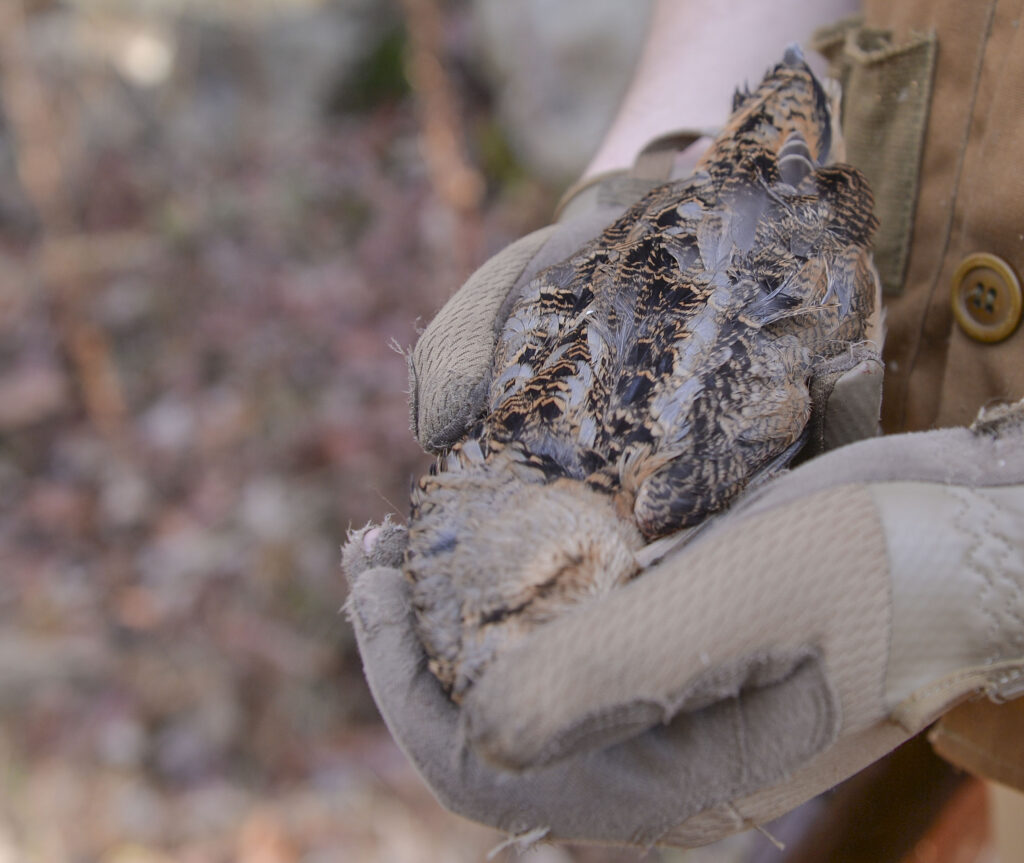
As I held my first woodcock in my hands, looking over the beauty of the coloration down its back and on its wings, I couldn’t help but think how lucky I was to partake in what Evans’ worked so hard to accomplish. West Virginia’s limit for woodcock is three a day, but all I needed was this one.
I had the entire experience. I saw the exuberance of Willow and had the pleasure of working with her. I had gone on the quest for and flushed the quarry, smelled the gunpowder, and felt the thrill of a fine shot. Everything Evans did throughout his life helped me at that moment 22 years after his passing, just as he did throughout his life. For that, I was thankful.
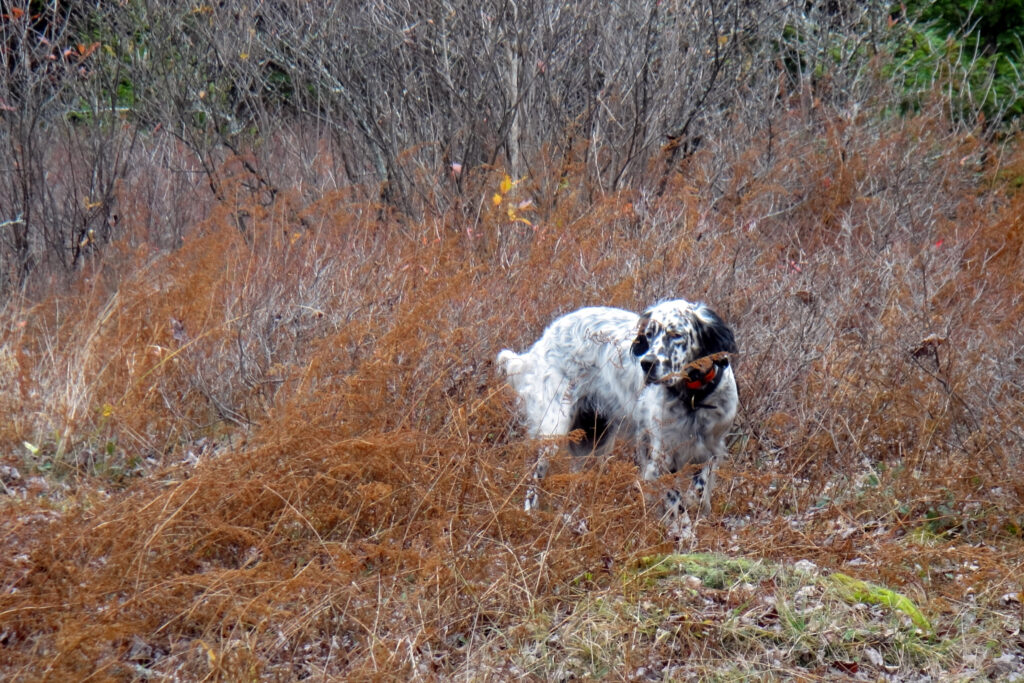



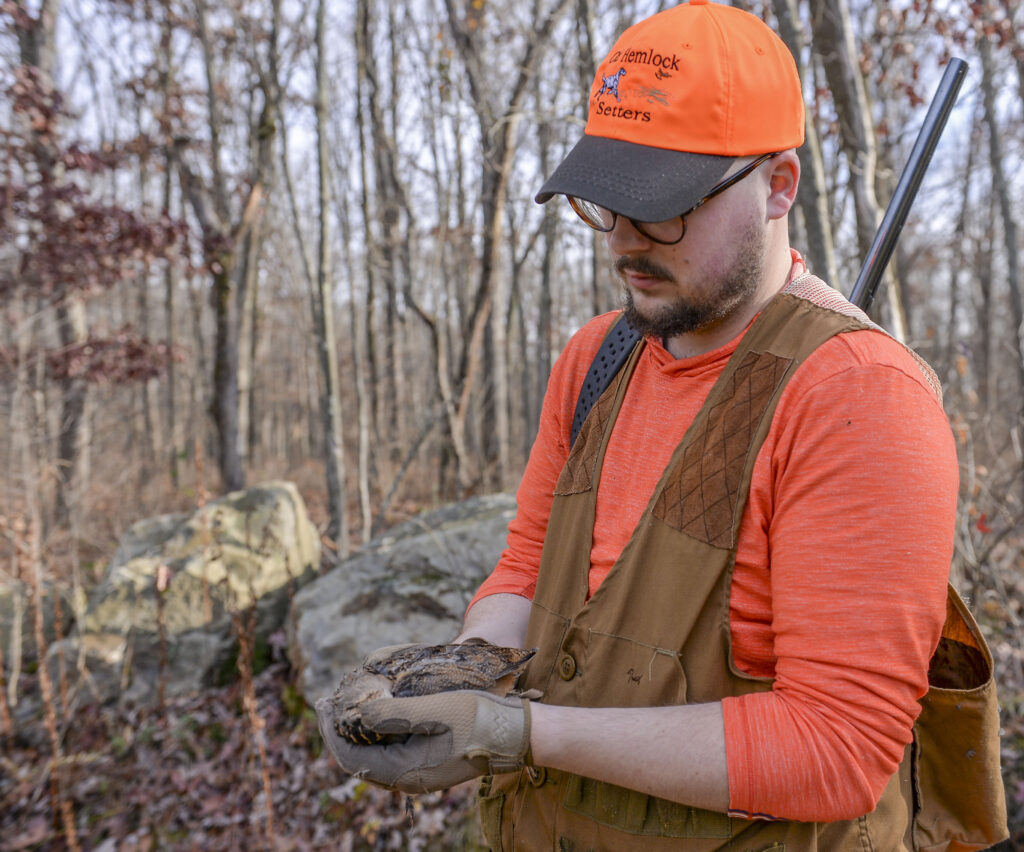

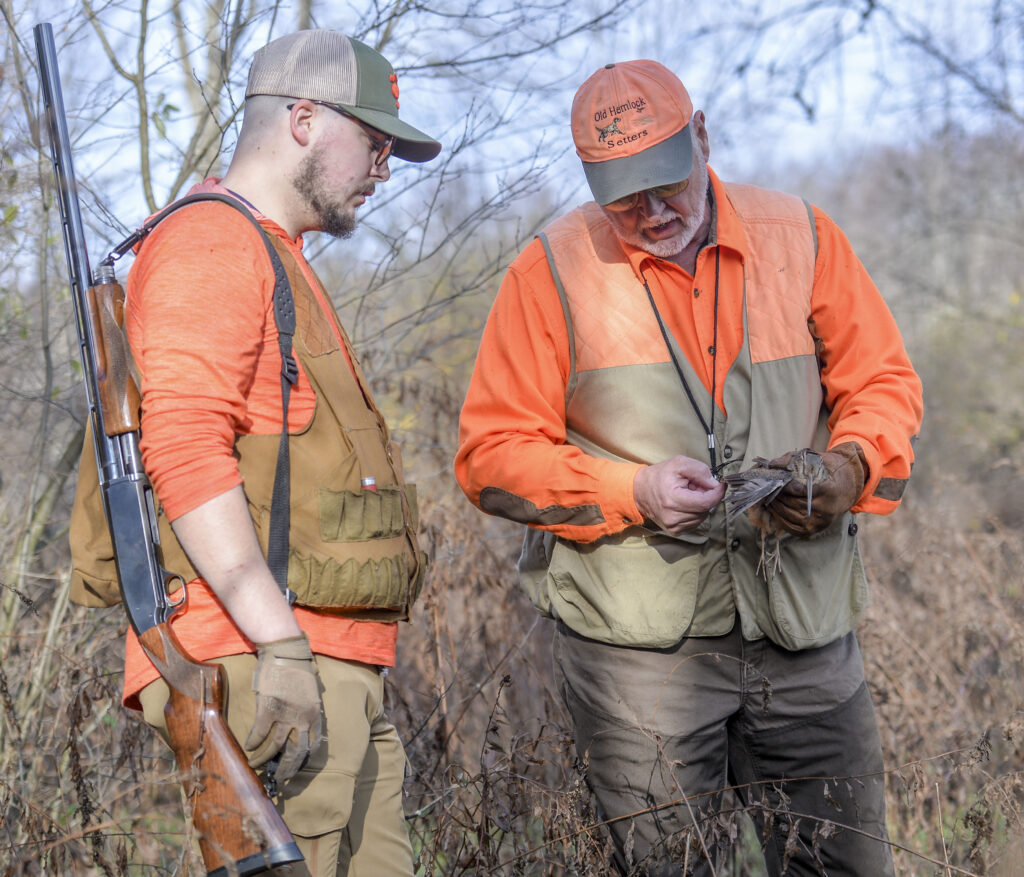
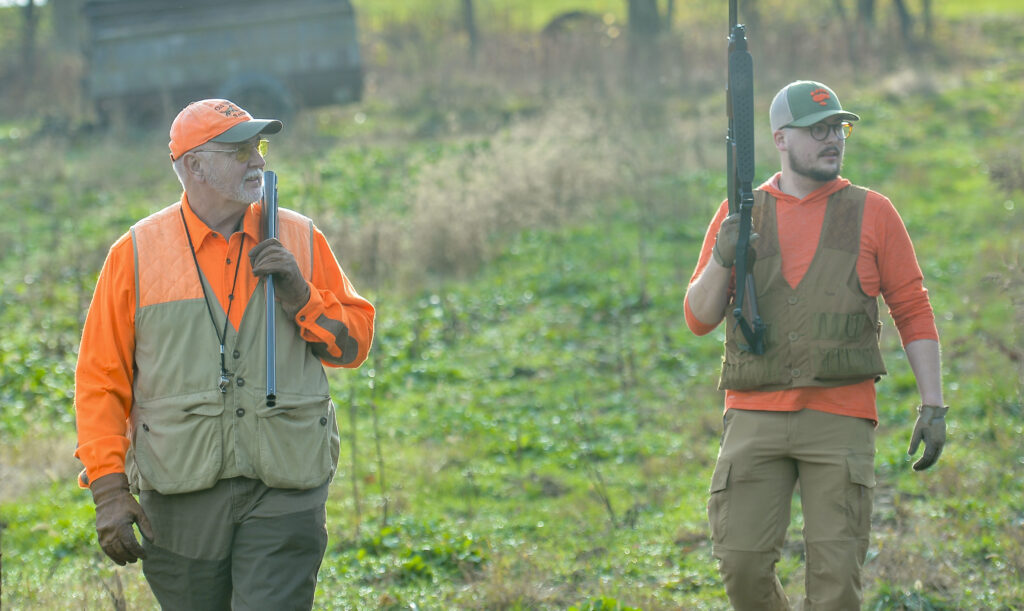
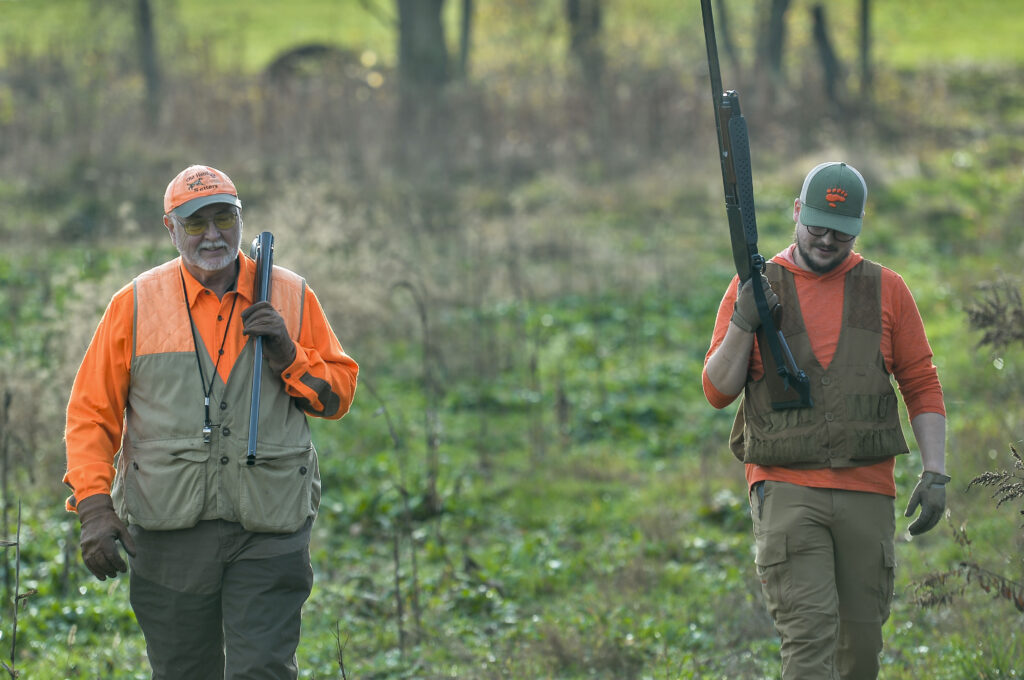



READ MORE
This story is part 6 in an ongoing series concerning the disappearance of ruffed grouse in West Virginia. Each story so far in the series can be found above and the full series will be released as one, long-form story once finished. Andrew can be reached on Twitter @andrewspellman_

